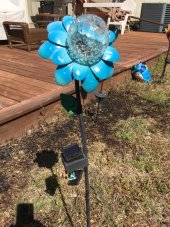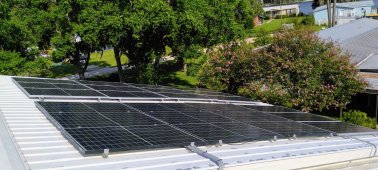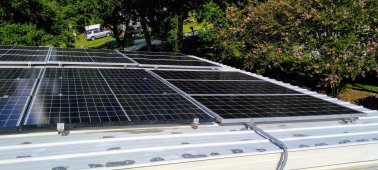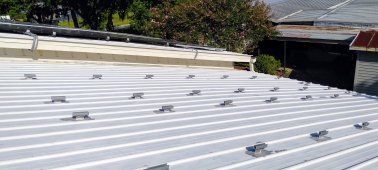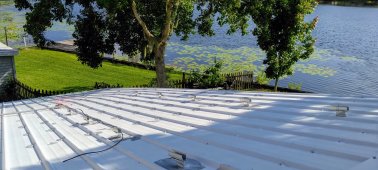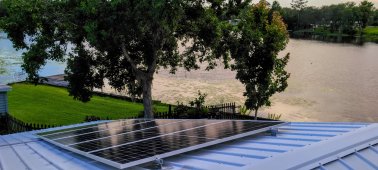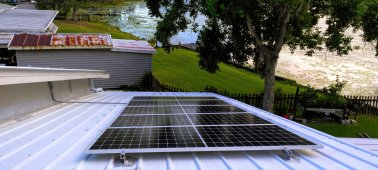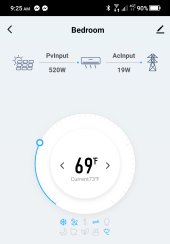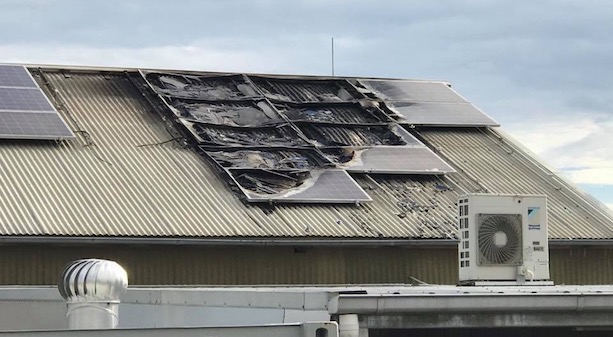MrM1
I'm Here, But I'm Not All There
Weather here has been a drag on the panel install.
I continue to do the in-house under roof upgrades and anything else that can be done between the multiple times a day showers we have been getting the past 3 weeks.
Looking at the forecast, it seems I may have a window this week to install the 19 panels for the 3 AC's. But the time I actually get them installed, there will be nothing left to do but attach the MC4 connectors. Everything else is nearly done, tidied up and properly installed. When it's all done, it will be really good. So hoping for this week.
I continue to do the in-house under roof upgrades and anything else that can be done between the multiple times a day showers we have been getting the past 3 weeks.
Looking at the forecast, it seems I may have a window this week to install the 19 panels for the 3 AC's. But the time I actually get them installed, there will be nothing left to do but attach the MC4 connectors. Everything else is nearly done, tidied up and properly installed. When it's all done, it will be really good. So hoping for this week.




